Learn how to deadhead asters like a pro! Discover expert tips to boost bloom size, extend flowering, and keep your fall garden vibrant all season long.
Learn how to deadhead asters like a pro! Discover expert tips to boost bloom size, extend flowering, and keep your fall garden vibrant all season long.
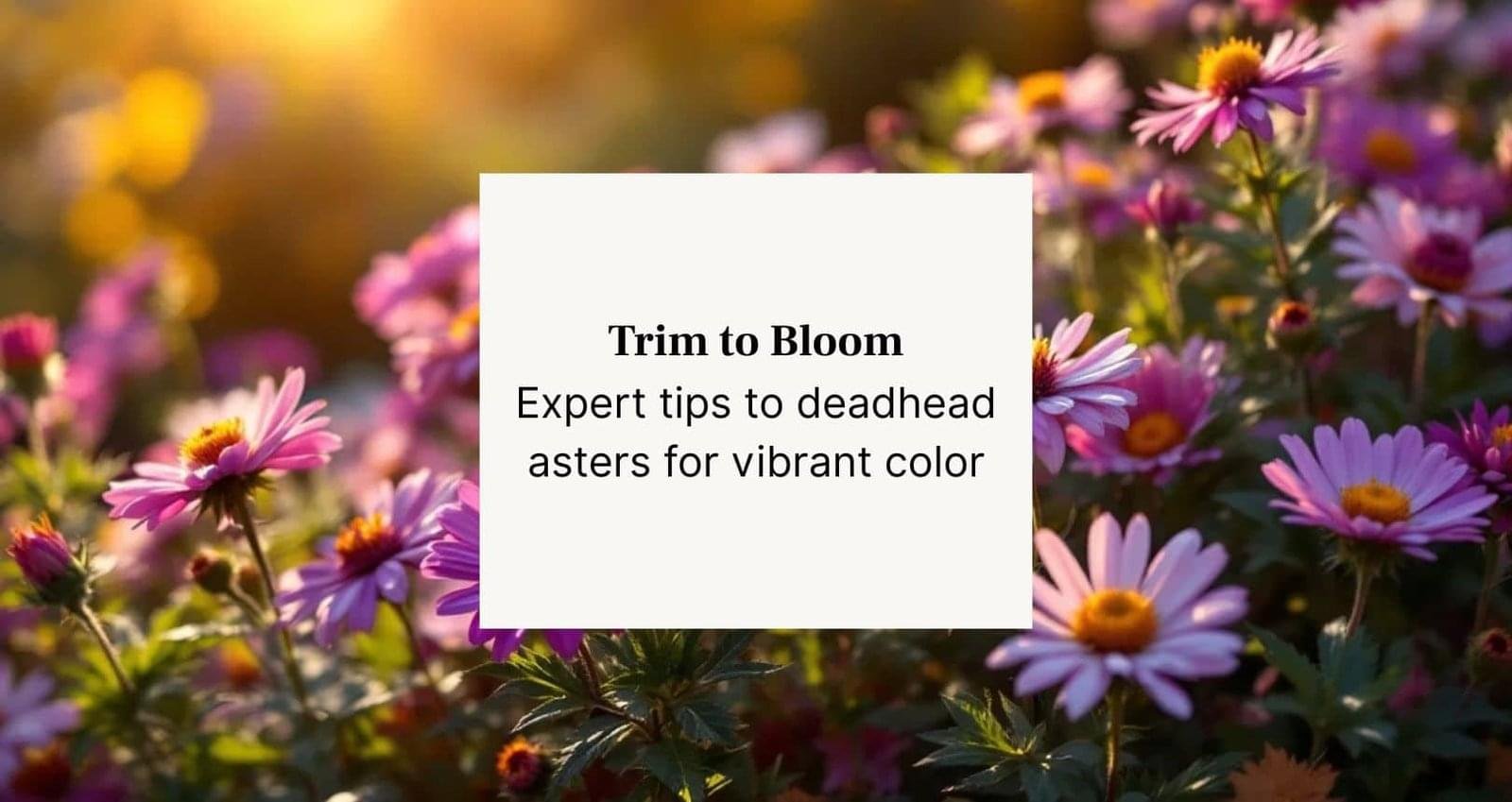
Learn how to deadhead asters like a pro! Discover expert tips to boost bloom size, extend flowering, and keep your fall garden vibrant all season long.
Also, Discover 7 Stunning Fall Flowers Expert Say You Must Plant Now.
If you’ve ever walked through a fall garden and seen clusters of purple, pink, or white flowers glowing like stars those are asters. They’re the underrated icons of autumn gardens. But here’s the secret most beginner gardeners don’t know: the real magic happens when you deadhead asters.
Deadheading sounds technical, but it’s simply removing the old, faded flowers so the plant can focus on new growth. And trust me once you start doing it right, your asters will reward you with a second wave of fuller, longer lasting blooms that look straight out of Pinterest.
So, whether you’re a chill weekend gardener or a full blown plant parent obsessed with #GardenTok aesthetics, here’s your Gen Z friendly guide to deadheading asters like a pro.
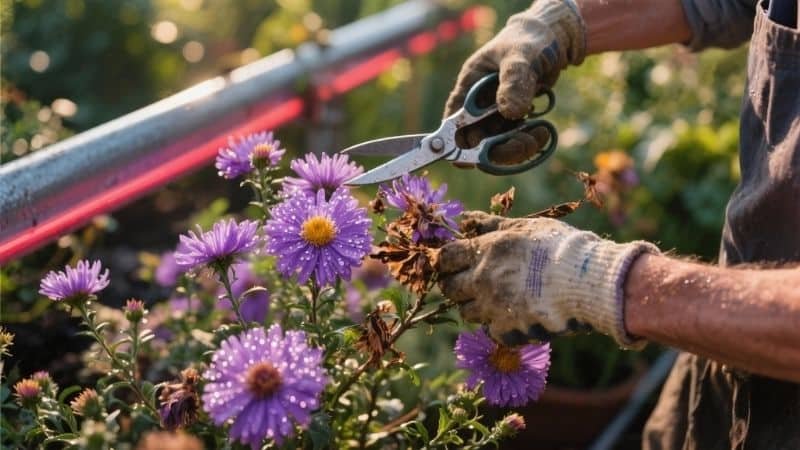
Timing is everything even in gardening. Asters usually bloom in late summer through fall, and that’s when you need to start watching for signs of fading.
If your blooms look droopy, brown, or tired, they’re stealing energy from the plant. Snip them off before they form seeds. This tells your aster: “Hey bestie, let’s make more flowers instead!”
Pro tip: Don’t wait until your entire plant looks sad. Deadhead every few days or at least every week during peak bloom season.
Let’s be real some people go too hard with the scissors. The goal isn’t to give your aster a buzz cut; it’s about precision.
Look closely at your stem and find a healthy leaf or bud right below the faded flower. Cut just above that point. This helps redirect the plant’s energy to fresh buds instead of wasting it on dying blooms.
Always use clean, sharp pruners. Dull tools can damage the stem and invite diseases and that’s a total vibe killer for your garden.
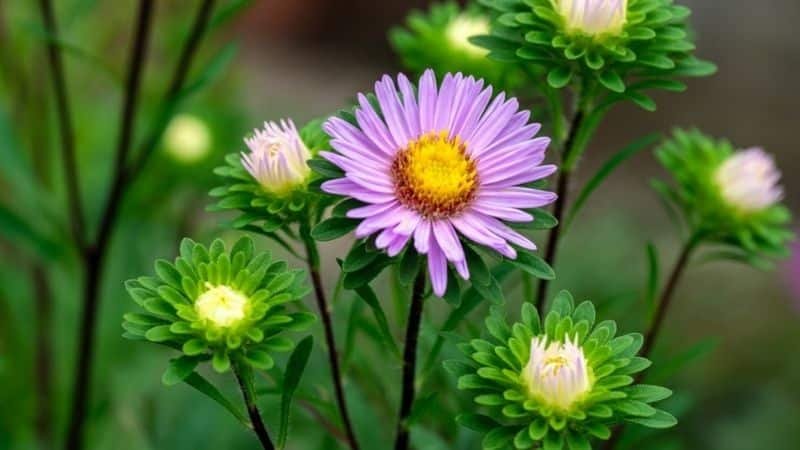
Think of deadheading like skincare consistency brings results. The more regularly you deadhead, the longer your asters will bloom.
Most horticulturists say that frequent trimming keeps asters tidy, disease free, and colorful all season long. You don’t have to do it daily just stay on a routine. Set a reminder, make a playlist, grab your snips, and turn it into your mini garden therapy session.
It’s tempting to over trim when you’re on a roll, but chill moderation matters. Removing too many stems can stress the plant.
Cut only the flower head and a bit of the stem not half the plant. Each stem you leave behind will help fuel new growth and future buds.
Here’s a hack: If you’re unsure, step back and look at your plant from a distance. It should still look full, not naked.
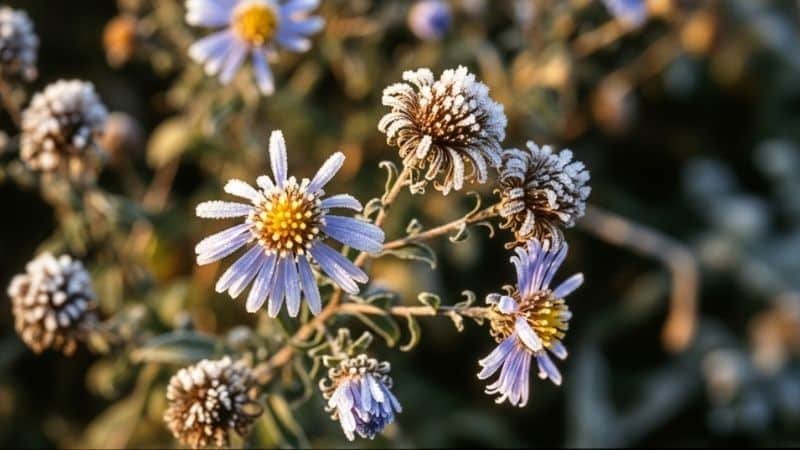
Your asters will bloom beautifully until the first hard frost. So don’t stop the routine early keep removing faded blooms until winter starts creeping in.
And here’s a bonus idea for the long term thinkers: leave a few stems untrimmed toward the end of the season. These will form seeds you can collect and replant next spring. More asters = more color more money saved next season.
Here’s what happens when you skip deadheading:
It’s literally one of those “small effort, big results” habits that every pro gardener swears by.
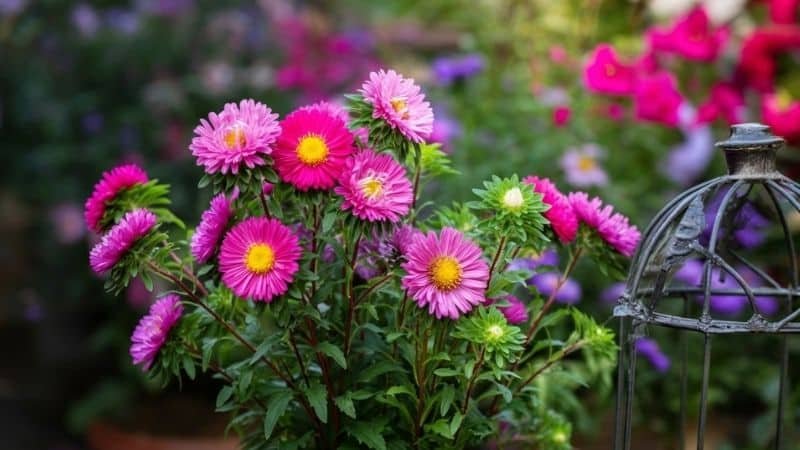
Let’s be honest half the fun of gardening is making your outdoor space Instagram worthy. Asters are perfect for that late summer to fall transition when most flowers are done blooming.
Regular deadheading keeps them lush and photo ready. So the next time you post your garden reel, your comments might just blow up with “How are your flowers still so fresh?”
Absolutely! Container asters benefit the same way more blooms, less mess.
You can, but it’s not ideal. Scissors crush stems instead of slicing cleanly, which can hurt your plant.
If you want next level blooms, yes. Use a balanced fertilizer once a month during the blooming season.
Deadheading asters isn’t just a gardening chore it’s a growth ritual. It teaches patience, consistency, and a little bit of aesthetic obsession.
So next time you see those faded petals, grab your snips, vibe with your playlist, and give your asters the glow up they deserve.
Because in gardening just like in life when you let go of the old, you make room for something even more beautiful.